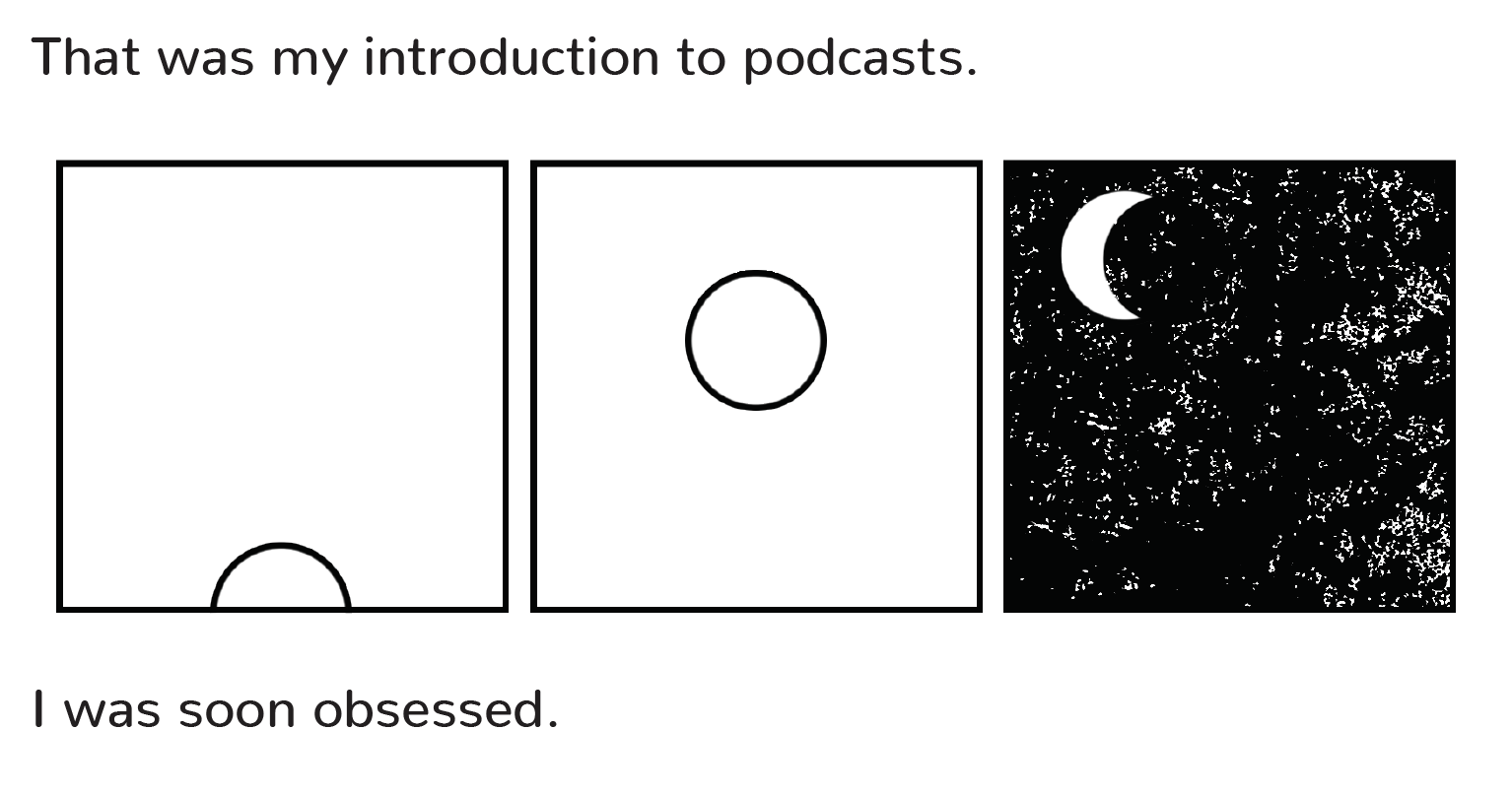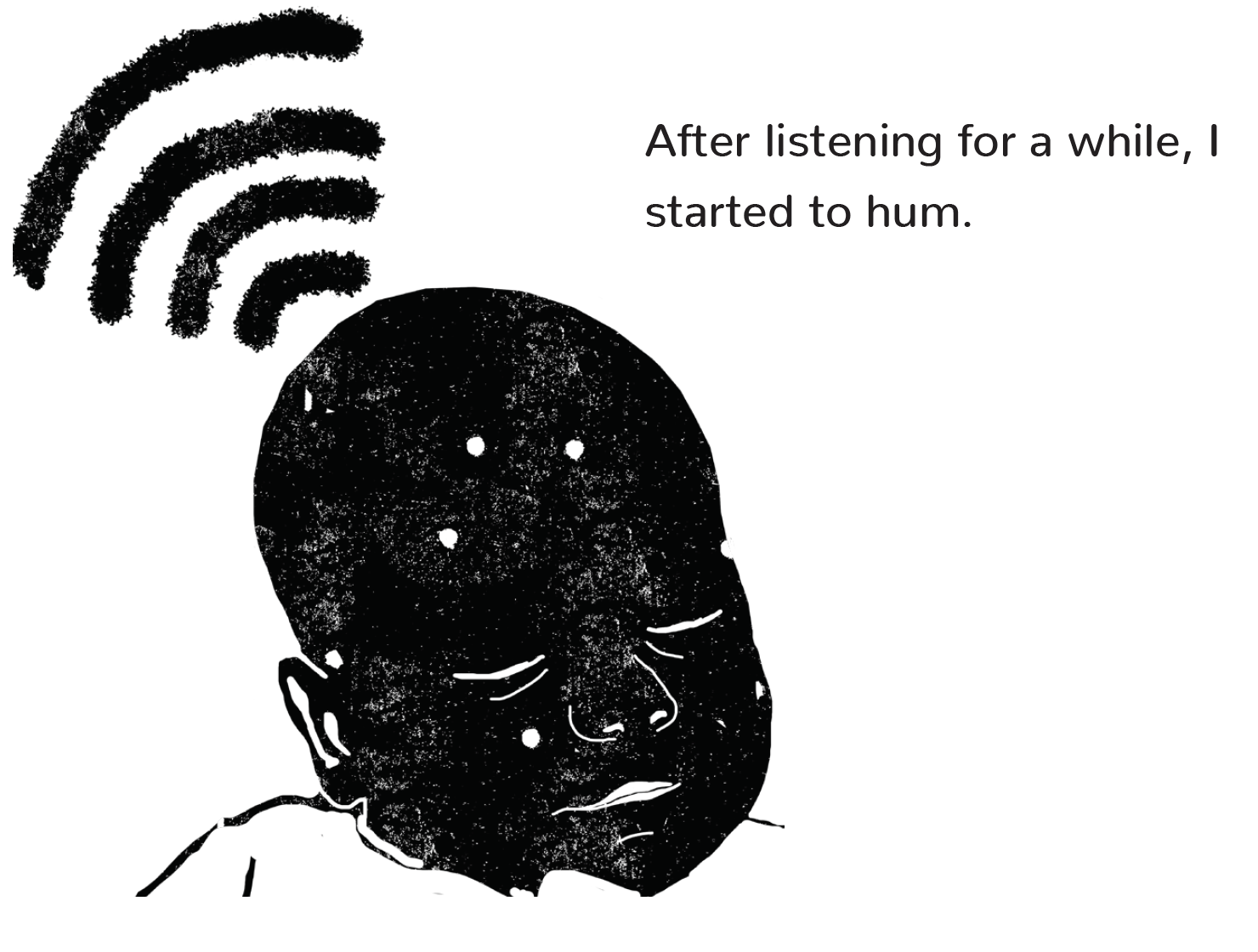Design
A Brief History of American Myths
What makes America? This is a question I ask myself constantly. As a child of immigrants I am always being pulled in two directions, either I must honor my parent culture or assimilate into American society.
In the first half of my thesis, I explore what “being American” means on a personal level. I investigate how immigrants fit into our national identity, and why we categorize them as “other” while fetishizing their narrative.
Drawing on personal experience and interviews with other children of immigrants, I attempt to debunk the Bootstrap myth (the success of immigrant generations decreases the longer they live in America). In the process I pose questions about who shapes our collective identity and what it means to aspire to the American dream.
This personal experience with American myth-making inspired the second half of my thesis project.
A Brief History of American Myths investigates the source of American identity, inspired by my own experience of blindly accepting everything I read in history books, only to later find out that there was much more to history, and what we were taught as children purposefully omitted the stories of marginalized groups.
After speaking with others whose experiences mirrored my own, I wanted to know what untruths we may have internalized and regurgitated as fact. Through this book I hope to encourage others to begin the process of uncovering the truth.
In the first half of my thesis, I explore what “being American” means on a personal level. I investigate how immigrants fit into our national identity, and why we categorize them as “other” while fetishizing their narrative.
Drawing on personal experience and interviews with other children of immigrants, I attempt to debunk the Bootstrap myth (the success of immigrant generations decreases the longer they live in America). In the process I pose questions about who shapes our collective identity and what it means to aspire to the American dream.
This personal experience with American myth-making inspired the second half of my thesis project.
A Brief History of American Myths investigates the source of American identity, inspired by my own experience of blindly accepting everything I read in history books, only to later find out that there was much more to history, and what we were taught as children purposefully omitted the stories of marginalized groups.
After speaking with others whose experiences mirrored my own, I wanted to know what untruths we may have internalized and regurgitated as fact. Through this book I hope to encourage others to begin the process of uncovering the truth.
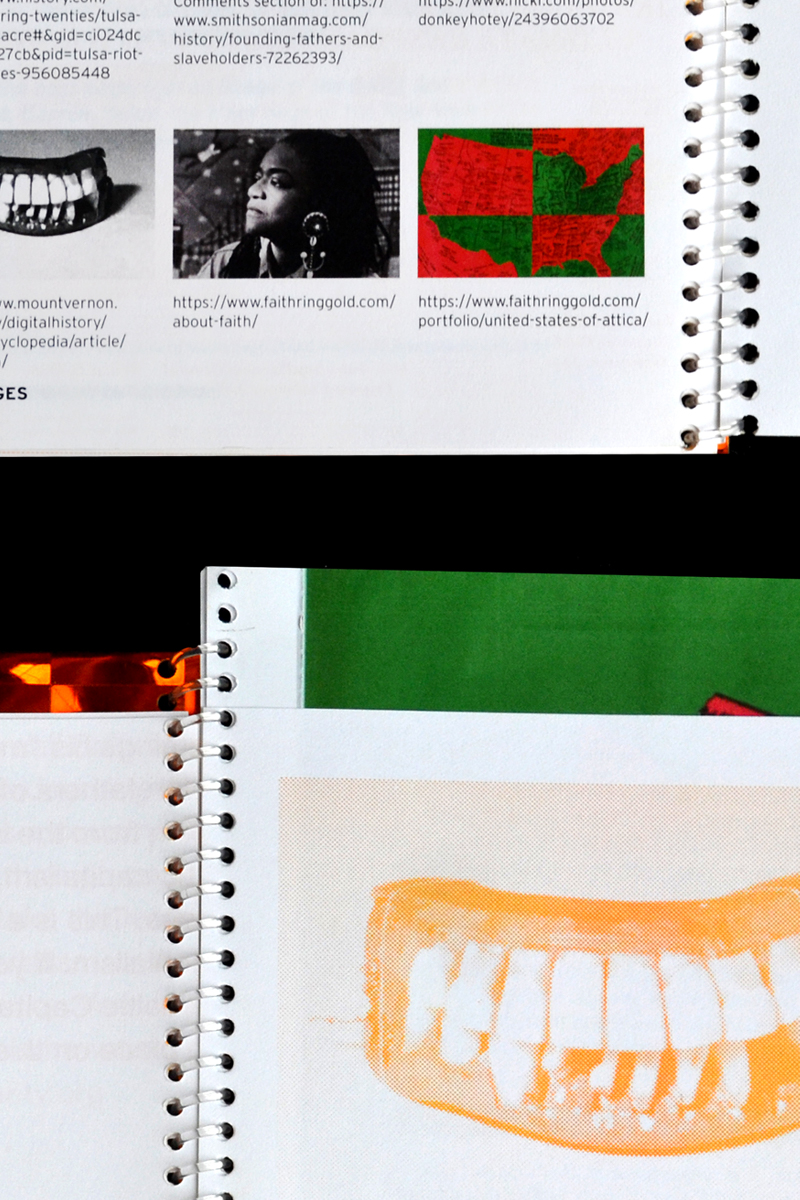
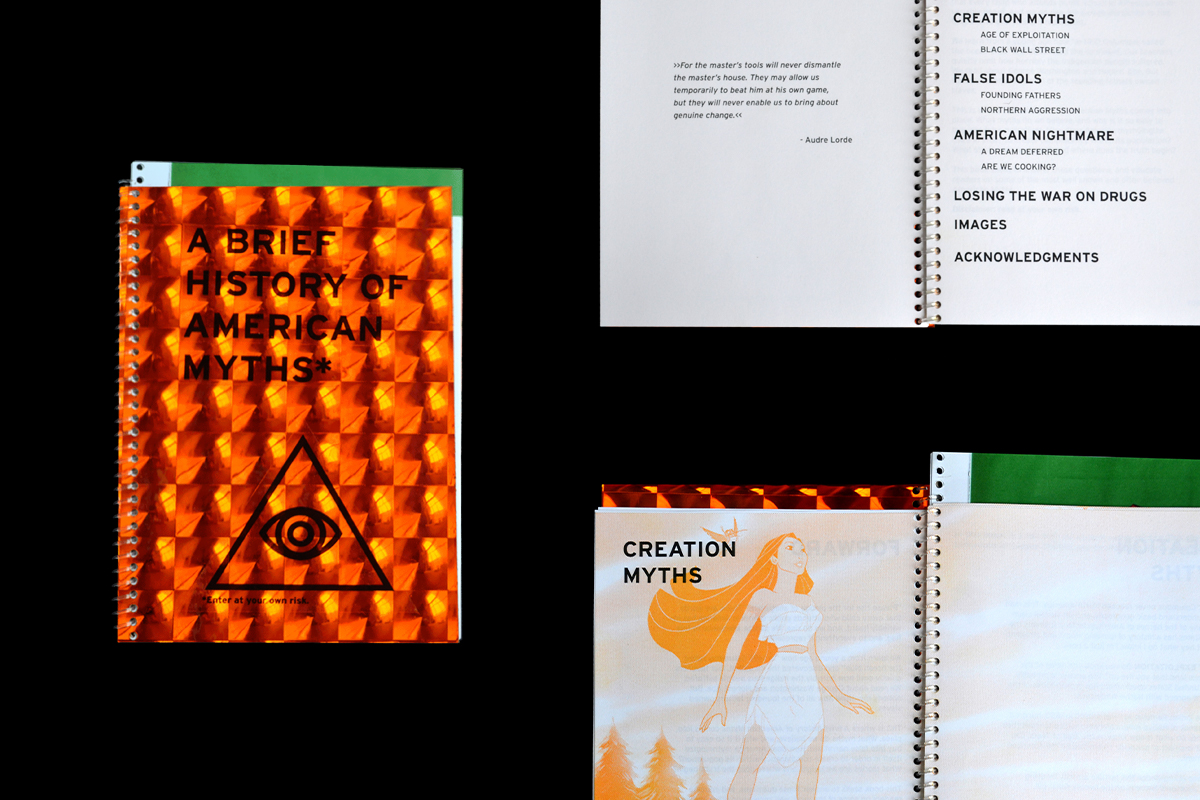
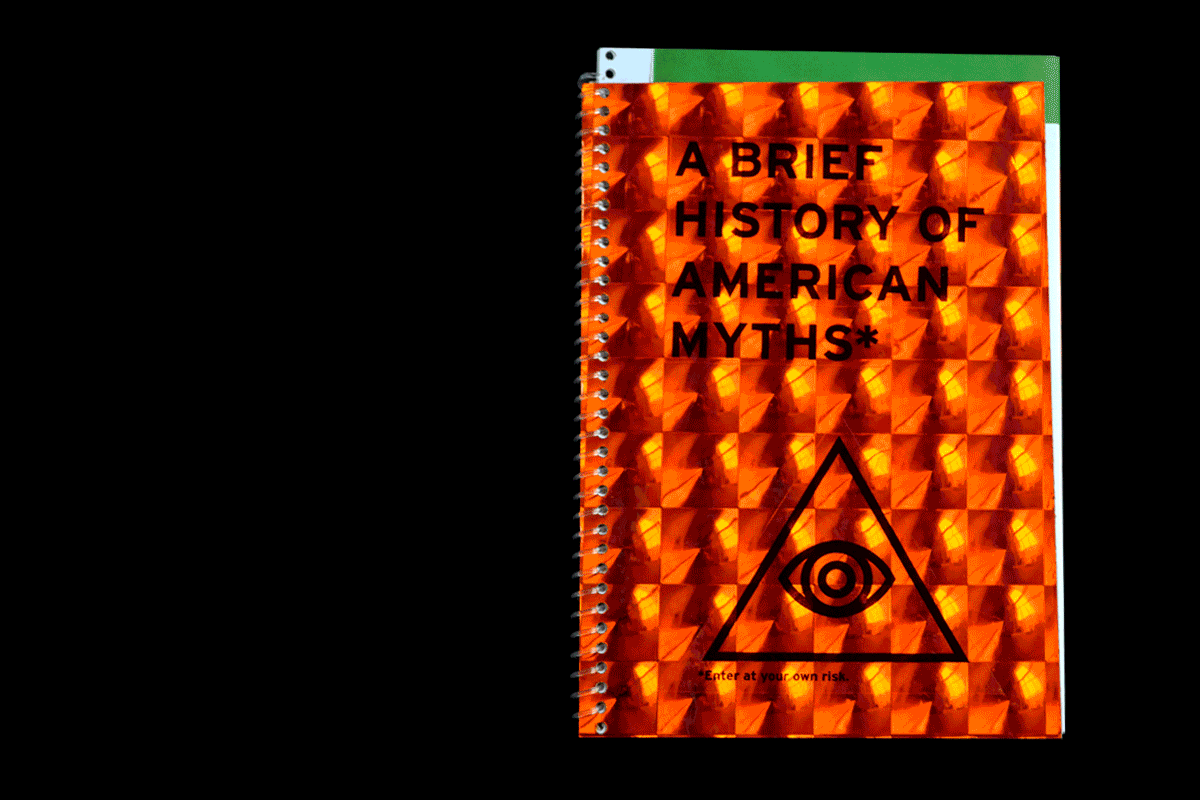
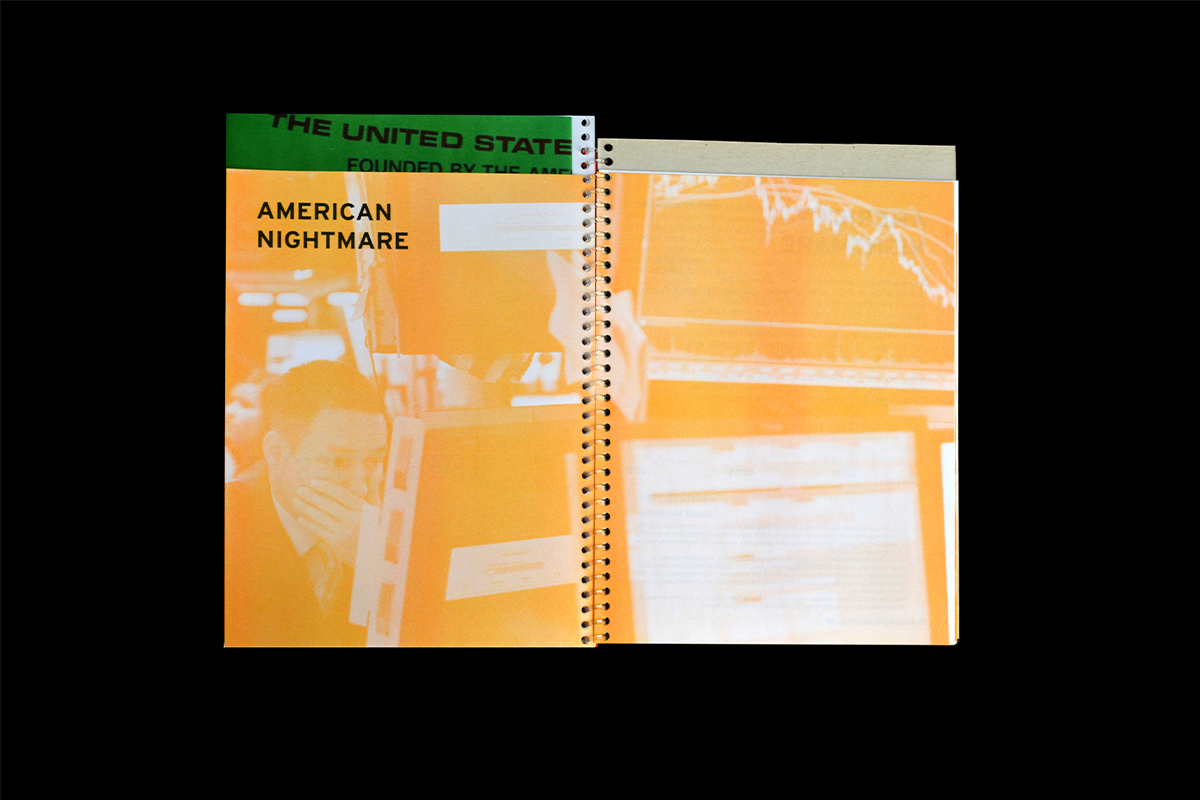
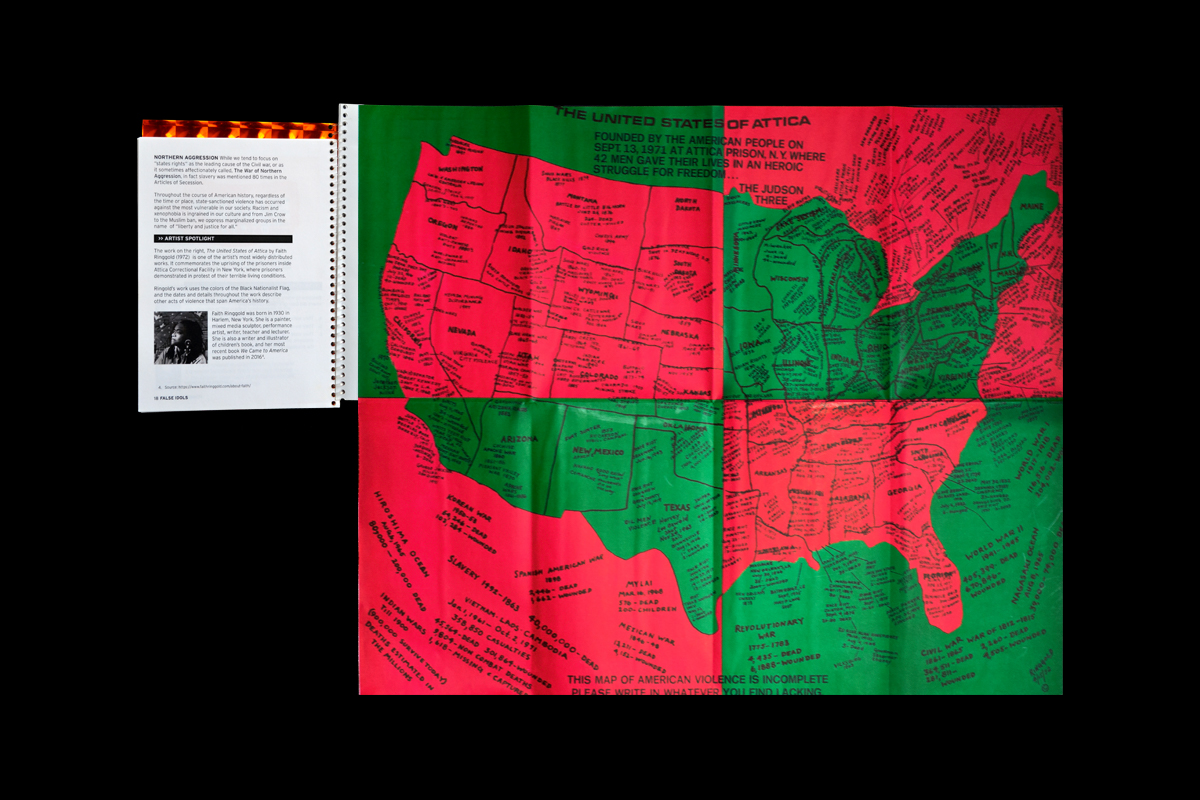
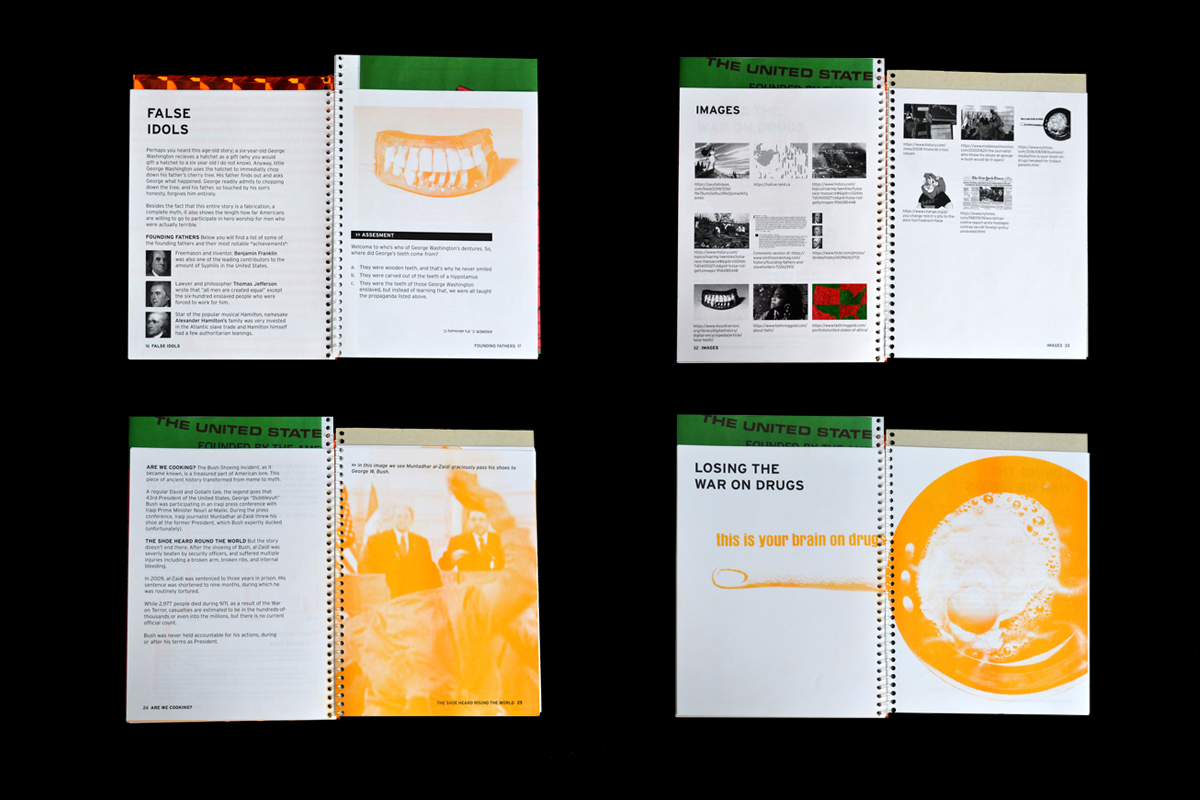





As I continued to develop my thesis proposal, I decided to write an editorial piece on immigration success rates and the experiences of second generation immigrants (children who arrived in the host country at a young age or whose parents are immigrants) like myself. It combined my interests of design, data visualization, and editorial illustration into one cohesive piece, and referenced the poster I designed earlier in my thesis.
Who Makes America? was the product of my thesis research into the immigrant experience in New York. My research resulted in one poster which I posted around Flushing, Queens. I chose this neighborhood because I spent a significant portion of my childhood there, and it is known for its large immigrant population.
Unfortunately due to the pandemic and xenophobia, Flushing has been hit hard socially and economically. My intent for this poster was to spread a message of inclusivity and highlight the achievements of the immigrant population that resides there.
I chose to mimic the infamous “Instructions to all Persons of Japanese Ancestry” document as a way to upend the original message. Where once this poster was a symbol for division perpetrated by the U.S. government, now it would spread truth and inclusivity.
![]()
![]()
![]()
![]()
Unfortunately due to the pandemic and xenophobia, Flushing has been hit hard socially and economically. My intent for this poster was to spread a message of inclusivity and highlight the achievements of the immigrant population that resides there.
I chose to mimic the infamous “Instructions to all Persons of Japanese Ancestry” document as a way to upend the original message. Where once this poster was a symbol for division perpetrated by the U.S. government, now it would spread truth and inclusivity.




Learning to Listen
Learning to Listen was my response to a course taught by Julia Furlan called Podcasting and Audio Narritives. The final assignment for the class was to create a zine documenting what we learned during the class and any reflections we had.
I chose to document my own listening journey, from a small bilingual child to the present day, with illustrations accompanying the text to move the story forward.
I chose to document my own listening journey, from a small bilingual child to the present day, with illustrations accompanying the text to move the story forward.
Damn Get Hip
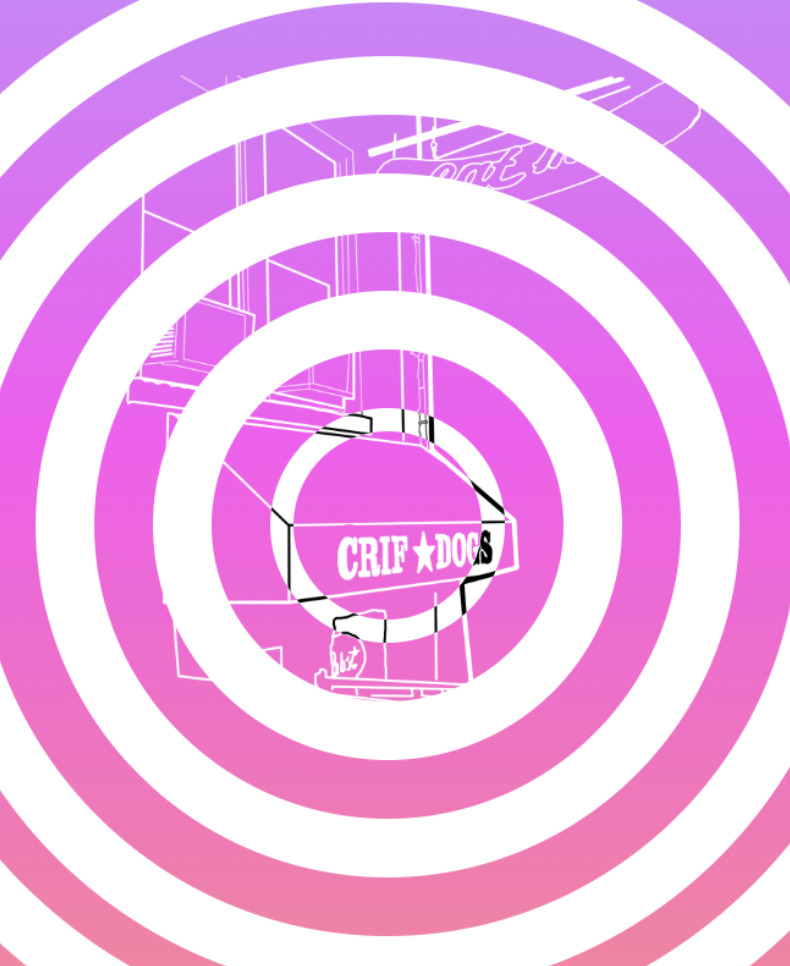

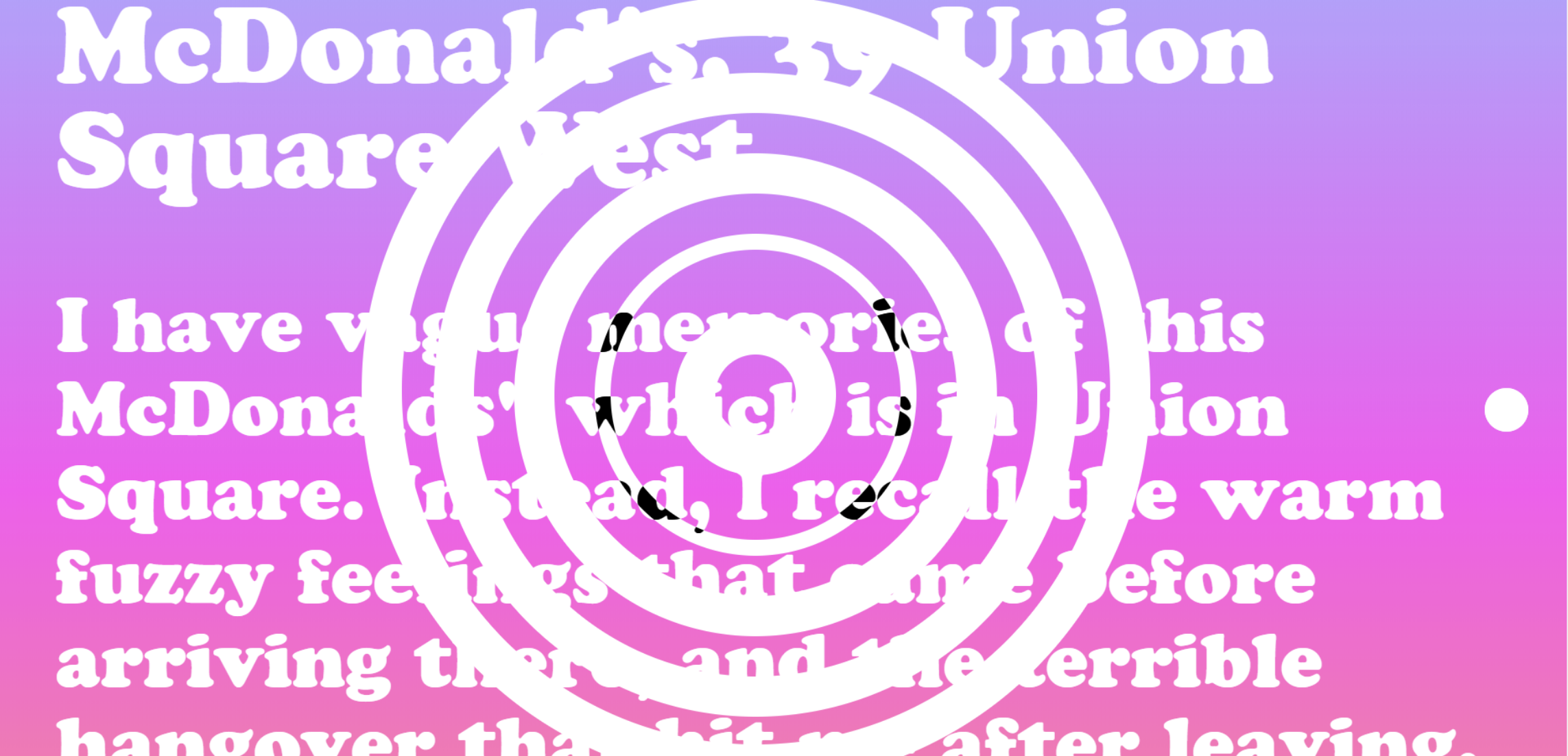
Damn Get Hip is an anagram of mind the gap, as in “mind the gap between the train and the platform.” Damn get hip is a hand-coded site with illustrations and text by me.
This site was a receptacle for the memories I have of NYC, beginning from my first time on the train with my mom to a drunken night out in Union Square.
